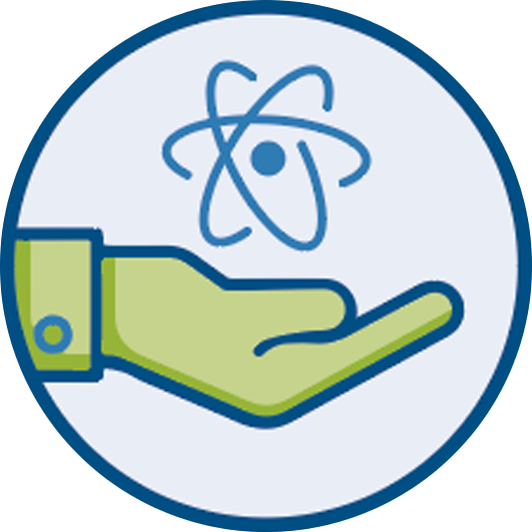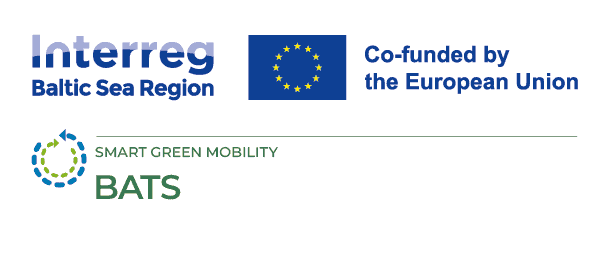
Guiding Lights: How BATS Cities Are Improving Winter Safety for Cyclists and Pedestrians
24 April 2025
Written by Harry Dobbs. Camilla Sandberg and Dennis Martinez – Bax Innovation
Installing effective lighting and projection enhances safety and visibility for pedestrians, cyclists, and motorised transport vehicles by illuminating hazards, obstacles and other road users, while projections provide clear and visible guidance when existing road markings are obscured. Well-positioned lighting and projections can also contribute to an enhanced feeling of perceived safety for pedestrians and cyclists. Darkness can make people feel unsafe, especially in isolated or poorly lit areas, and the installation of lighting and projections can encourage more consistent use of active mobility methods during darker mornings and evenings.
Through the BATS project, several city partners are experimenting with the installation of different lighting and projection equipment in order to increase year-round active mobility (YRAM). The cities of Umeå, Hamburg (Altona), and Klaipeda are working collaboratively to enhance local infrastructure for pedestrians and cyclists through regular knowledge-sharing and exchange.
In this article, we take a closer look at the work and experiences so far of each BATS city partner working on the topic of lighting and projections, and how the cities have inspired and guided each other through each unique process.
Umeå, Sweden
Due to its geographical location in Northern Sweden, Umeå experiences significantly less daylight during the winter season compared to central Europe. This presents unique challenges for ensuring traffic safety – particularly for pedestrians and cyclists – when traditional road markings are obscured by snow, darkness, or are otherwise absent.

Through the BATS project, Umeå has implemented lighting projections on two streets in the city centre, chosen due to high pedestrian and cyclist traffic and existing issues with unclear path separation. The aim of this pilot activity is to improve safety and navigation by clearly guiding citizens, especially during the darker months of the year.
Initially installed in October 2024, the visibility and projections of the two lighting features were monitored during various weather conditions throughout the winter, with the Umeå Kommun team reporting that the installations have been well-received publicly. Local residents have provided positive feedback both online and in person, leading to the recent installation of a third lighting feature on a bicycle and pedestrian path near the Umeå University.
Despite a positive response to the installations, some challenges have also been documented. Snow ploughing occasionally shifted the alignment of the lighting, and snow covering parts of the walking path made it difficult for pedestrians to see the projections clearly. As a result, the team have liaised with the local maintenance department to ensure that snow obstructing the projections is cleared.
The original idea was to make the projections mobile, but site dependency made this difficult. Projections must be mounted on a lamppost at the correct height and angle for optimal visibility, with some previously identified locations ruled out due to the lack of suitable lampposts. This issue was overcome through the procurement of custom mounts and valuable technical support from a lighting expert. Unfortunately, the additional feature has been subject to vandalism several times, with the Umeå Kommun team now exploring possible solutions while monitoring the site.
Despite the challenges, the experience has so far been a positive one. Umeå Kommun have exchanged insights with other BATS city partners also trialling projections, highlighting the importance of defining the aim and desired outcomes of the installations at an early stage. Overall, the public have responded positively to the presence of the projections, particularly regarding the improved clarity of where to walk and cycling in the experiment locations. In order to gather further feedback, the team have launched a poll on social media.
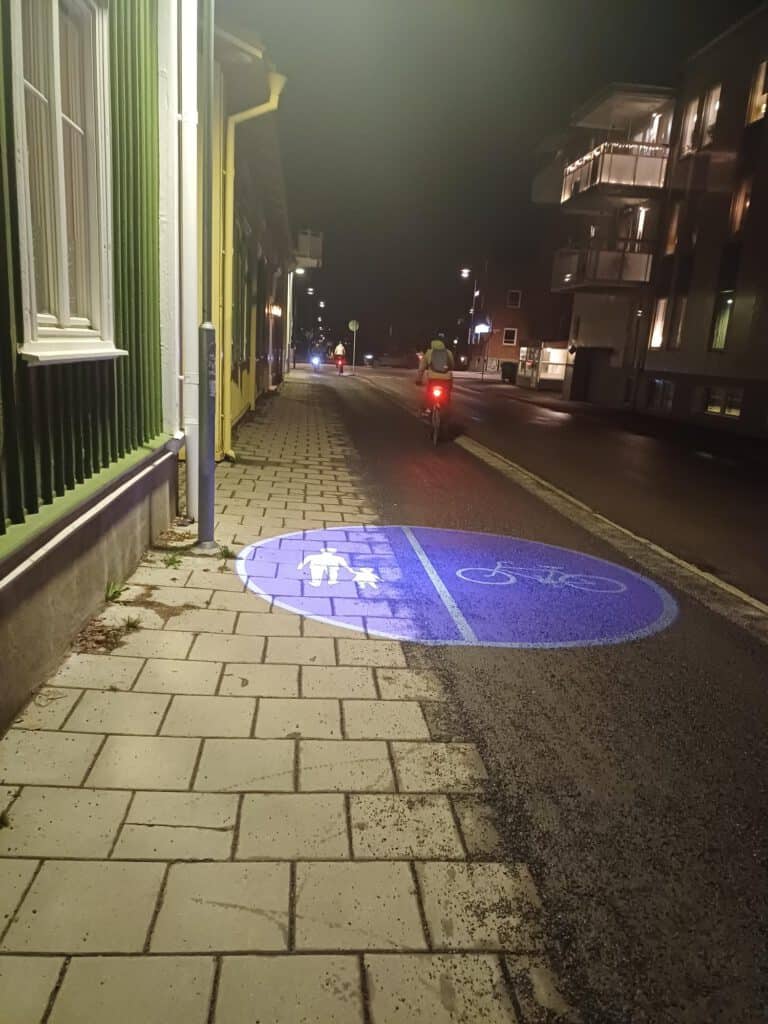
Hamburg-Altona, Germany
Another BATS city partner experimenting with lighting and projections is the Hamburg district of Altona in Germany.
Generally, tunnels can be perceived as unsafe, dark, and undesirable, especially at night. In Hamburg-Altona, the team is hoping to install light projectors in two different tunnels mainly used by pedestrians and cyclists. An interesting feature of this experiment is the plan to project various changeable phrases, and possibly a QR code which, when scanned, will lead the user to learn more about the BATS project and lighting improvements in the area. Ideas for the projected phrases will be collected from members of the public using a digital citizen participation tool.

In recent months, the Hamburg-Altona team has been conducting extensive research into suitable projector types, taking valuable learnings from other BATS city partners Umeå and Klaipeda. This research has involved several planning meetings with relevant stakeholders, and the process is now in the final stages of procurement with the local company that plans, operates, and maintains the majority of public lighting, including in tunnels.
Through effective collaboration within the BATS project, Hamburg-Altona were able to draw on the experiences of the other city partners. This exchange has proven to be a great help to their experience, simplifying the decision-making process immensely and giving insightful indications on the best methods for executing the local experiment.
The experience so far has also provided the Hamburg-Altona team with some valuable learnings of their own. When making any changes to tunnels, such as the instalment of projectors, it is generally less complicated if the tunnel is owned by the city and already equipped with lighting fixtures with electricity cables that run externally to the walls. As soon as the instalment of the projectors requires making any structural changes, such as drilling into the walls, structural engineers must be involved, leading to complications with the operation.
For other cities across the Baltic Sea Region to learn from the experience so far, Hamburg-Altona stress the importance of cross-collaboration, selecting the right kinds of projectors, and involving relevant stakeholders throughout the implementation process.
In the coming months, the Hamburg-Altona team will continue to meet with local stakeholders to determine the exact location of the projections, clarify technical possibilities with the projector manufacturers including visibility and functionality of the QR code, changeable projector slides and colours, and more important aspects. The team will also work towards the development of the participation tool in order to engage local citizens before implementing the projectors in July/August this year ahead of the following winter period.
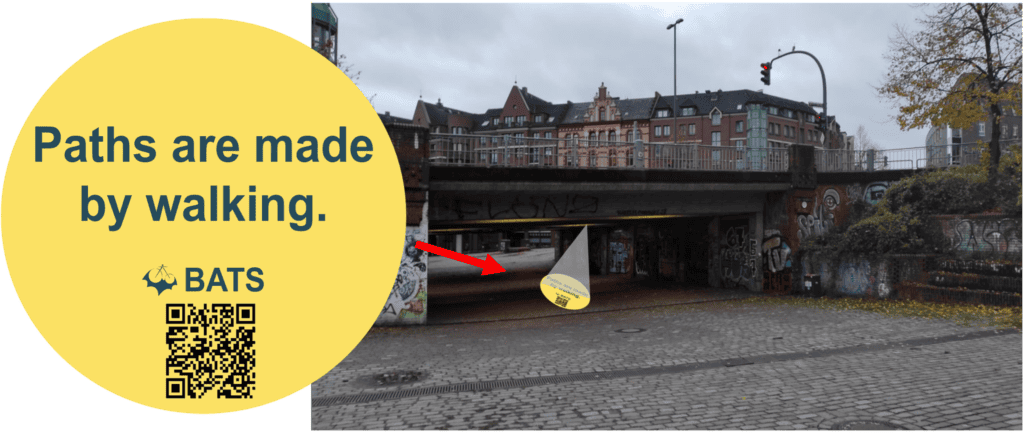
Klaipeda, Lithuania
Surveys in Klaipėda exploring the factors that would encourage increased cycling amongst the population show that 48% of respondents believe it is important to improve local traffic safety. In relation, the provision of path lighting was identified as a key factor in increasing the number of active mobility users.
Through BATS, city partner Klaipėda Public Transport Authority are experimenting with the installation of display lights that reflect in the snow or any other road surface. This type of installation is expected to increase traffic safety in the area, which has been identified as an influential factor impacting the usage of bicycles during the winter season.

Klaipėda Public Transport Authority recently held meetings with important stakeholders to discuss their ideas and plans for lighting installations, including the Lithuanian Cyclists’ Association and the local Department of Agriculture.
Additionally, two different projectors have been installed in various locations around the city, with the objective on increasing safety for cyclists and awareness for other road users.
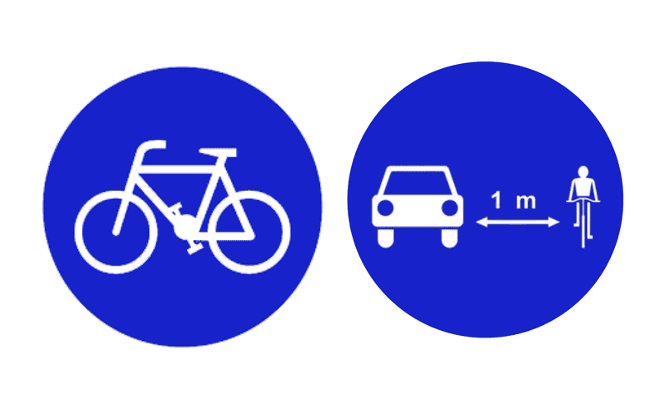
An unforeseen complication to the experiment is that many lamposts within the city’s old town are being replaced, and discussions around the suitability of the projections during Christmas decoration periods are ongoing.
When initially installed, one projection was not appropriate for use on the cobbled streets found in some parts of Klaipeda, but the team was able to overcome this issue through the installation of an updated lighting fixture, which is proving to be a much better fit for the area.
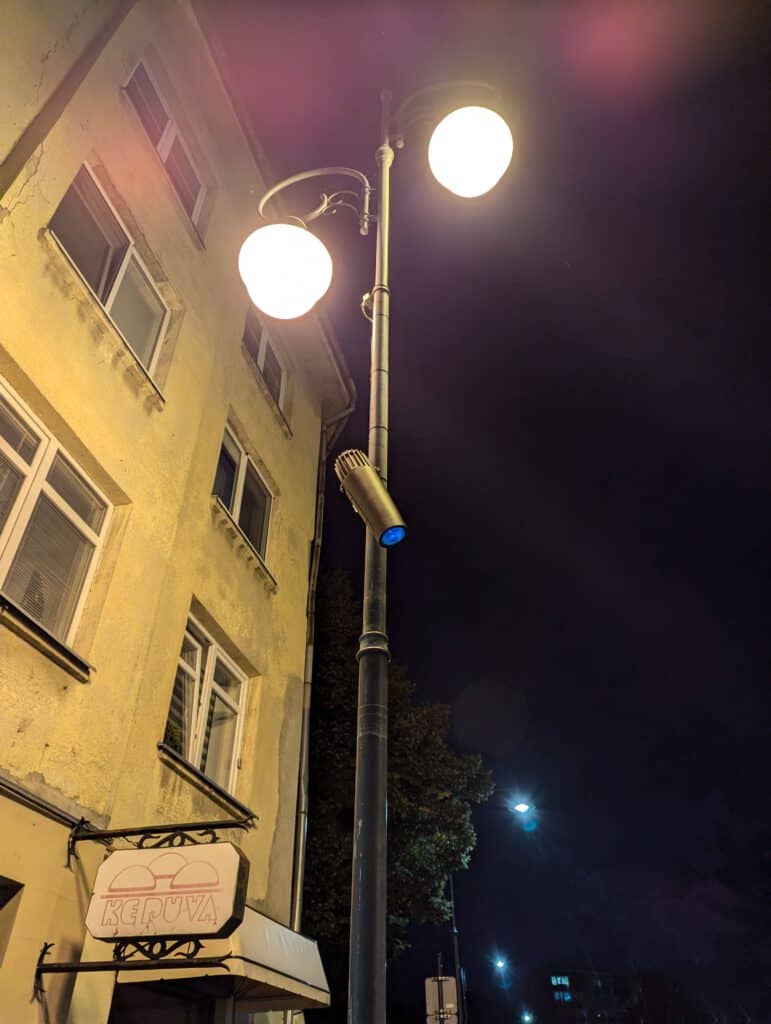
The city of Klaipeda was able to share their experience with other BATS city partners, with their learnings proving to be extremely useful, particulartly for Hamburg-Altona during their lighting and projections procurement phase.
In the coming months, the team at Klaipėda Public Transport Authority plan to continue to update their fellow BATS partners on the progress and reception of their lighting installations, and have started the procurement procedures for 7 additional lighting features. The team are involving local citizens through regular updates on social media, making them aware of the locations of the newly installed lighting features and how they can contribute to a safe and accessible cycling city.
It is hoped that this impressive and dedicated work in each city will result in an increased number of active mobility users, especially during the next winter period. In the meantime, stay tuned with the latest developments and updates from the BATS project on our LinkedIn page!



